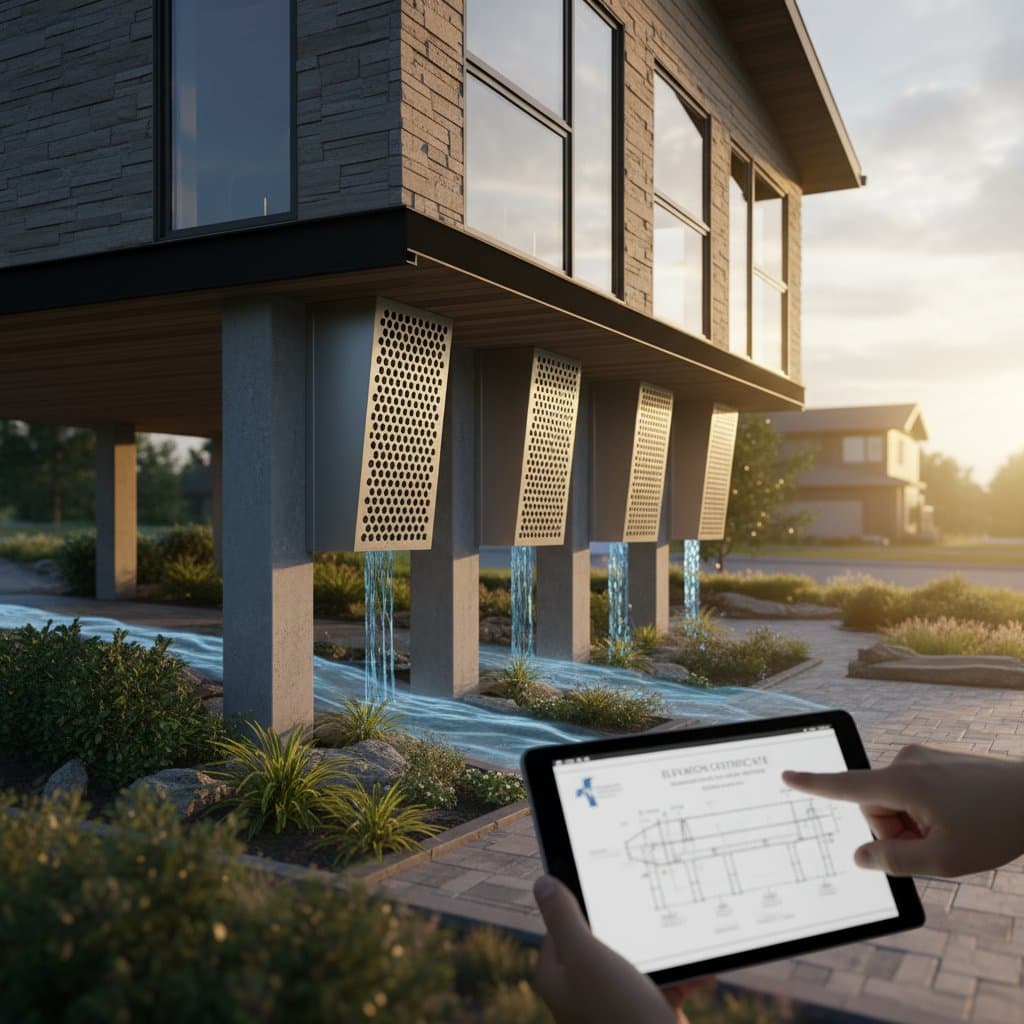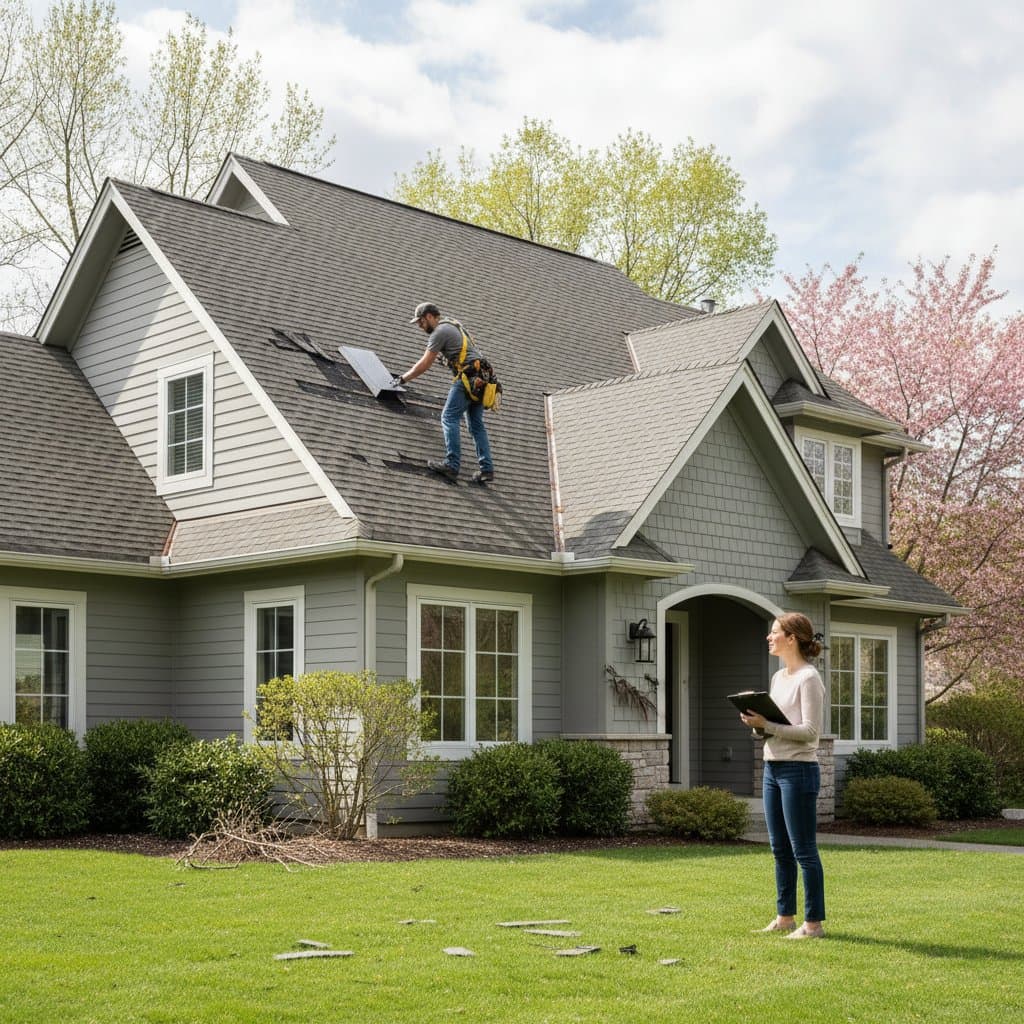Introduction
A granny flat, also known as an accessory dwelling unit (ADU), offers a practical way to add living space to your property. These structures can accommodate aging parents, provide rental income, or serve as a home office, all while potentially increasing your home's overall value. In 2025, with construction costs continuing to rise due to material and labor demands, selecting the appropriate financing becomes essential for staying within budget and completing the project on schedule.
Homeowners often weigh two primary options: a home equity line of credit (HELOC) or a construction loan. Each provides distinct advantages based on your project's scope, financial situation, and timeline preferences. This article examines both in detail to guide your decision-making process.
Understanding a HELOC for Granny Flat Projects
A HELOC functions as a revolving line of credit secured by your home's equity, allowing you to borrow funds as needed during the construction phase. This flexibility suits ongoing projects where expenses arise unpredictably, such as material purchases or unexpected adjustments.
Key features include:
- Flexible Borrowing: Draw funds up to an approved limit whenever required, paying interest only on the amount used.
- Variable Interest Rates: Rates typically range from 7 to 10 percent and adjust with market conditions, which can lead to lower initial costs but potential increases over time.
- Lower Upfront Costs: Closing fees often fall between $500 and $2,000, with no down payment required since it leverages existing home equity.
Once the granny flat is complete, the HELOC remains available for other uses, though you must manage repayment to avoid straining your finances.
Understanding a Construction Loan for Granny Flat Projects
A construction loan delivers funds specifically for building activities, disbursed in phases to match project progress. Lenders require detailed plans and contractor bids upfront, ensuring money supports verifiable advancements rather than general spending.
Key features include:
- Draws Based on Progress: Funds release in stages as builders achieve milestones, such as foundation completion or framing.
- Interest-Only During Build: Payments cover interest solely on disbursed amounts until project completion, easing cash flow early on.
- Fixed Timeline: Loans usually span 6 to 12 months for construction, followed by conversion to a permanent mortgage.
This structured approach minimizes misuse of funds but demands rigorous documentation throughout the process.
Key Differences Between HELOC and Construction Loans
HELOCs offer greater adaptability, ideal for homeowners with substantial equity who prefer controlling their spending pace. You access funds quickly without repeated approvals, though variable rates introduce uncertainty. Construction loans provide disciplined funding tied to milestones, reducing the risk of overspending, but they involve more initial scrutiny and higher fees.
In terms of approval, HELOCs rely on your credit score, income, and home value, often approving faster for existing homeowners. Construction loans scrutinize project specifics, including blueprints and builder credentials, which can extend the application timeline by several weeks.
Costs and Fees Comparison
Both options carry expenses, but their profiles differ significantly.
For HELOCs:
- Interest Rates: Generally 7 to 10 percent, variable and tied to prime rates.
- Closing Costs: $500 to $2,000, covering basic processing and appraisal.
- No Down Payment: Relies on home equity, typically requiring at least 15 to 20 percent available.
- Ongoing Fees: Possible annual maintenance charges of $50 to $100.
For Construction Loans:
- Interest Rates: 6 to 9 percent, available as fixed or adjustable.
- Closing Costs: $3,000 to $8,000, including appraisals, inspections, and title updates.
- Down Payment: 10 to 20 percent of the total project cost.
- Conversion Fees: Additional costs when rolling into a permanent mortgage, around 1 percent of the loan balance.
Over the life of the project, a HELOC might prove cheaper for smaller builds due to lower entry barriers, while construction loans suit larger investments with their milestone protections.
When to Choose a HELOC
Opt for a HELOC if your granny flat project involves an attached addition or phased work on an existing structure. It excels when you anticipate variable costs or want to preserve liquidity for other needs. This choice also benefits those with strong home equity who seek simplicity in funding without tying everything to construction alone.
When a Construction Loan Makes Sense
Select a construction loan for starting from scratch or erecting a detached granny flat. It provides comprehensive funding from the outset and facilitates a seamless transition to long-term financing. This option suits detailed plans where milestone accountability ensures efficient use of borrowed money, despite the added paperwork and approval steps.
Market Conditions to Watch in 2025
Material prices have stabilized following recent volatility, yet skilled labor shortages persist, with contractors scheduling projects months in advance, especially for ADUs. Prepare your financing well ahead of groundbreaking to avoid bottlenecks.
Interest rates for both HELOCs and construction loans continue to fluctuate in response to economic shifts. Securing a rate lock upon approval can protect against rises during the build. Obtain quotes from at least three lenders and inquire about flexible terms, such as extended draw periods or penalty-free early payoffs.
Calculating ROI and Long-Term Value
Investing in a granny flat often yields strong returns through increased property value and potential revenue streams. Appraisals typically add 50 to 75 percent of the build cost to your home's worth, depending on location and quality. For example, a $100,000 investment might boost resale value by $60,000 to $75,000.
Rental potential further enhances ROI; in high-demand areas, granny flats generate $1,000 to $2,500 monthly income, recouping costs within 5 to 10 years. Factor in tax advantages, such as deductions for interest and property improvements, to refine your projections. Use online calculators or consult a financial advisor to model scenarios based on your local market.
Steps to Secure Financing and Build
- Assess Your Equity: Reach out to your current lender or shop around to determine available credit lines or loan eligibility.
- Gather Project Bids: Solicit detailed estimates from at least three licensed contractors, including timelines and material breakdowns.
- Compare Loan Offers: Review rates, fees, repayment structures, and disbursement processes from multiple providers.
- Secure Permits Early: Submit applications to local authorities promptly, as processing can take 4 to 8 weeks and influence lender requirements.
- Track Spending Closely: Maintain records of all expenses and change orders, presenting documentation to lenders for fund releases.
Realizing the Benefits of Your Granny Flat
Constructing a granny flat expands your living options while strengthening financial security. A HELOC delivers the freedom to adapt as needs evolve, whereas a construction loan ensures methodical progress toward completion. With thorough preparation, either path leads to a valuable addition that enhances your property for years to come.



